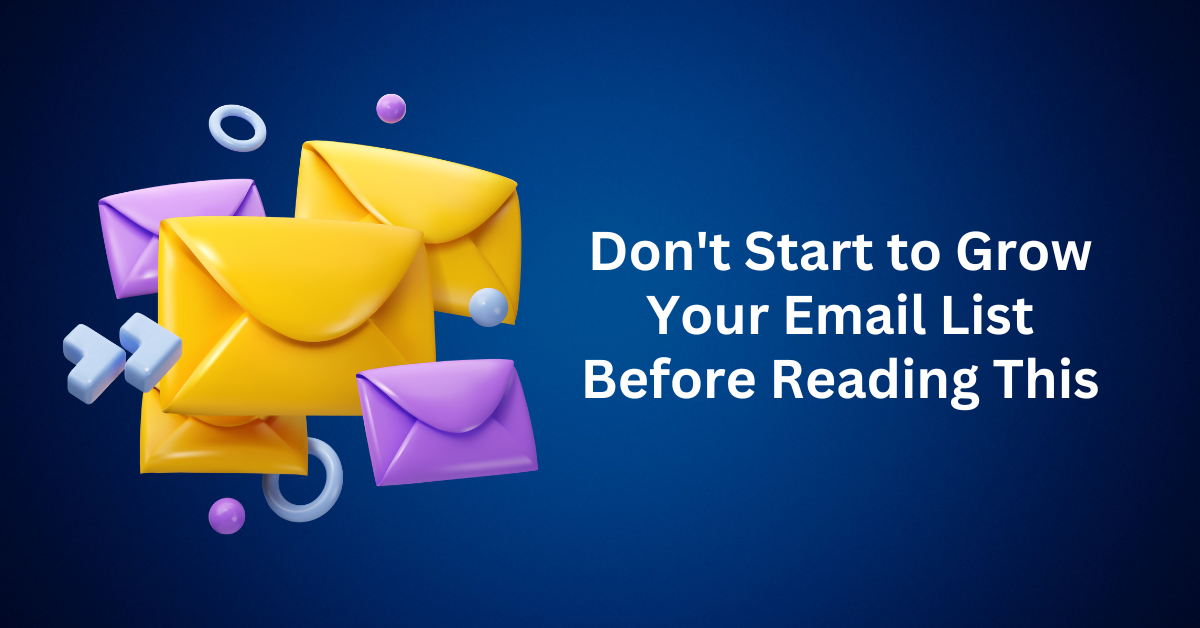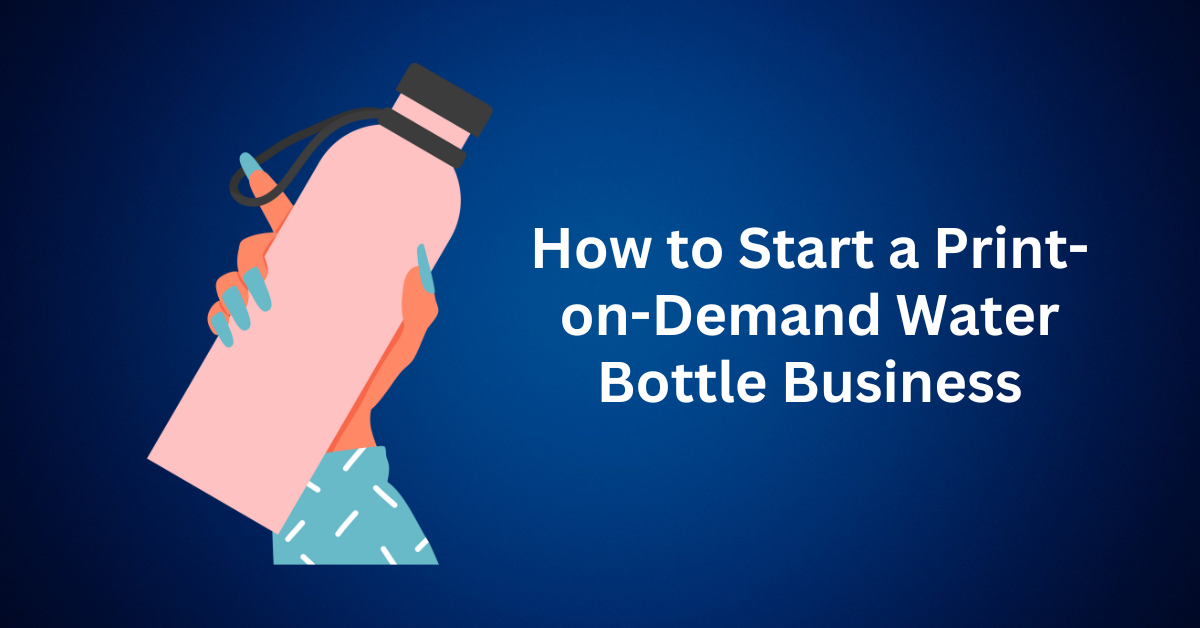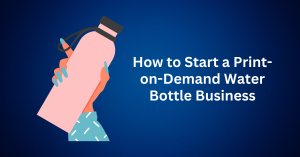All online business owners should implement email list building. It’s the same for all business owners. Having your potential customers’ or past customers’ contact numbers gives you the ability to contact them when you need to run a promotion or a new product launch.
This will be a call for them to come back to your shop and possibly make a purchase.
An email list is a way you group your customers and are able to communicate directly with them inside their email inboxes.
While building an email list can be hard, we will share some of the best ways to build an email list fast for your business online. In this post, we will also share the main tactics & tools you can use to acquire a high-quality list.
Sign up for a 30-day GetResponse Free Trial.
Table of Contents
ToggleLead magnets – Email list
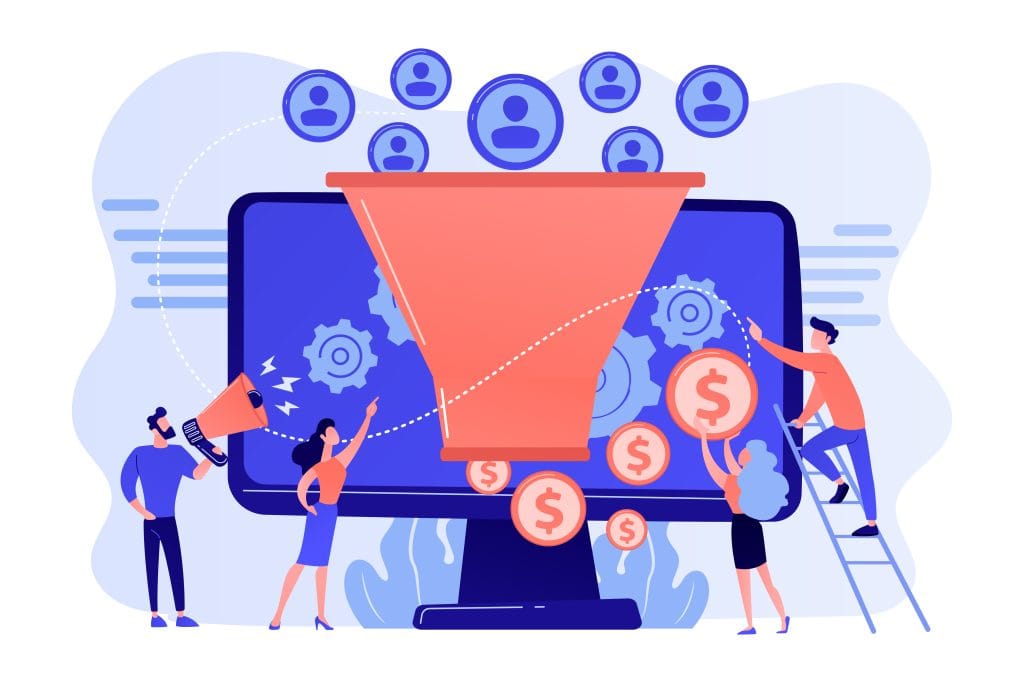
People tend to hide their contact details to avoid being disturbed. With the increase in spam emails sent every day. You will need to provide a good reason for your target audience to convince them to sign up for your email list.
In order to ask for something, the best way is to give something in exchange for that. Most people will expect to receive something in return when they give something out. That’s where lead magnets come in.
A lead magnet is an incentive you offer to your visitor in return for their email address. Most commonly, lead magnets come in the form of an ebook, a checklist, a cheatsheet, or a free tool.
When someone visits your landing page or squeeze page, you offer them the lead magnet and ask for their email address to receive the lead magnet.
And if you are wondering, a webinar will have the highest conversion rate, followed by DFY templates or written types of lead magnets like cheatsheets or reports. I seldom provide long ebooks, though, as not everyone will read long ebooks.
They would prefer the instant result.
But then, depending on your business and niche, you should know and understand which type of lead magnet works best for your audience. If you are not sure about that, don’t worry.
You can split-test it. You can always split-test different types of lead magnets and see which one has the highest conversion rate.
Optin forms – Email list
An opt-in form, contact form, or signup form lets visitors submit their contact details directly on your landing page or website.
This is the key mechanism that you’ll use to capture leads.
There are different kinds of opt-in forms you can use. The difference between them is usually where they are located on your page.
The most popular ones include:
- Embedded form
- Popups and lightboxes
- Exit intent forms
- Scroll forms
- Fixed bars
On your website, you’ll want to use a variety of different types of forms. The minimum you should aim for is to have an embedded form on every page of your website & pop-up forms on the pages that get the highest traffic.
When designing your contact form, there are three important elements. Eye-catching headline, sub-headline/description, and the signup form.
Let’s break it down – Elements of Pop-up
The headline should be the hook to bait the visitors to read the description, offer, nd give you their contact details. And in the description, it should include the irresistible offer for the lead magnet so they will not hesitate and sign up.
It’s tempting to ask your audience for more information. However, never do that. You can have that information later when you have already received their emails.
Why?
The contact form is usually the initial touch. You want to reduce their objections to you and are reluctant to give you that information. Hence, making it as simple as possible will increase your conversion rate. A basic input should be the first name and email address.
That’s all.
User experience is the most important. You want to make your website simple and clean so your visitors will find it easy to view your website. In implementing a contact form, you want to limit the number of forms as well. If you overload, you might annoy your visitors.
Sign up for a 30-day GetResponse Free Trial.l
Landing pages – Email list
A landing page or squeeze page holds your contact form and lead magnet offer, giving visitors the information they need when they arrive.
Why don’t we use a website, but instead a landing page?
A website page is too complicated and is not designed to convert customers. There are so many links and navigation buttons inside. This is why marketers build dedicated landing pages for lead-generation campaigns.
While there are many different types of landing pages, each has different goals. Like a sales page, thank you page, squeeze page, or order page. You should use a squeeze page to capture emails.
Every element in the landing page is there for a reason, to convince the visitor to give their email address. Nothing else.
That’s why most squeeze pages contain only the following elements:
- An eye-catching headline – hook
- A subheading that explains the offer – story
- Key benefits of the offer and the lead magnet – offer
- The signup form
As you can see, a squeeze page is very simple compared to a normal website homepage. That’s exactly why they’re so effective.
Paid ads – Email list
So, how do you drive traffic to your page? The fastest method is through paid advertising, which allows you to send targeted visitors directly to your squeeze pages. For instance, on Facebook, you can run Lead Ads, while on Google, you’ll find similar options under Lead Form Extensions. Meanwhile, LinkedIn offers Lead Gen Ads, designed specifically to capture high-quality leads within the platform itself.
Every platform has its name, but the principle behind them is the same – they offer a simple way to collect emails from the platform’s users. And why is it simple? It’s because the platforms prepopulate the lead capture form with the email address the user signed up with.
While this significantly increases the conversion rates, it also has a downside. Most of us are signed into Facebook using our personal email addresses and not our business ones.
Sign up for a 30-day GetResponse Free Trial.
How to segment your email list
Now that you have already built your list, how should you segment it?
Email marketing allows you to control your list and run targeted email campaigns as opposed to sending the so-called email blasts to everyone. You can use segmentation to group the target customers to send the email. The purpose of email list segmentation is to segment subscribers who are in different sales stages into different groups. People in different stages of the sales funnel will react differently and will need different words to convert them. You need to tailor the communication to better meet their expectations & needs.
By making your email communication more relevant to your audience, you can achieve higher engagement and conversion rates.
How you’ll want to segment your audience will vary depending on the type of business you’re running or your email marketing campaign’s goal. A welcome list and a recurring customer list will need different languages and different goals.
Most marketers segment their email lists based on:
- Demographic information (e.g., gender, age, income)
- Firmographic information (e.g., company size, monthly budget)
- Contact stage in the sales cycle
- Psychographic information (e.g., people who share similar beliefs)
- Contact behaviour with communication (e.g., page visits, link clicks, email opens)
- Contact buying behaviour and purchase history (e.,g. products purchased, products added to cart)
Four types of emails you should send to your Email List
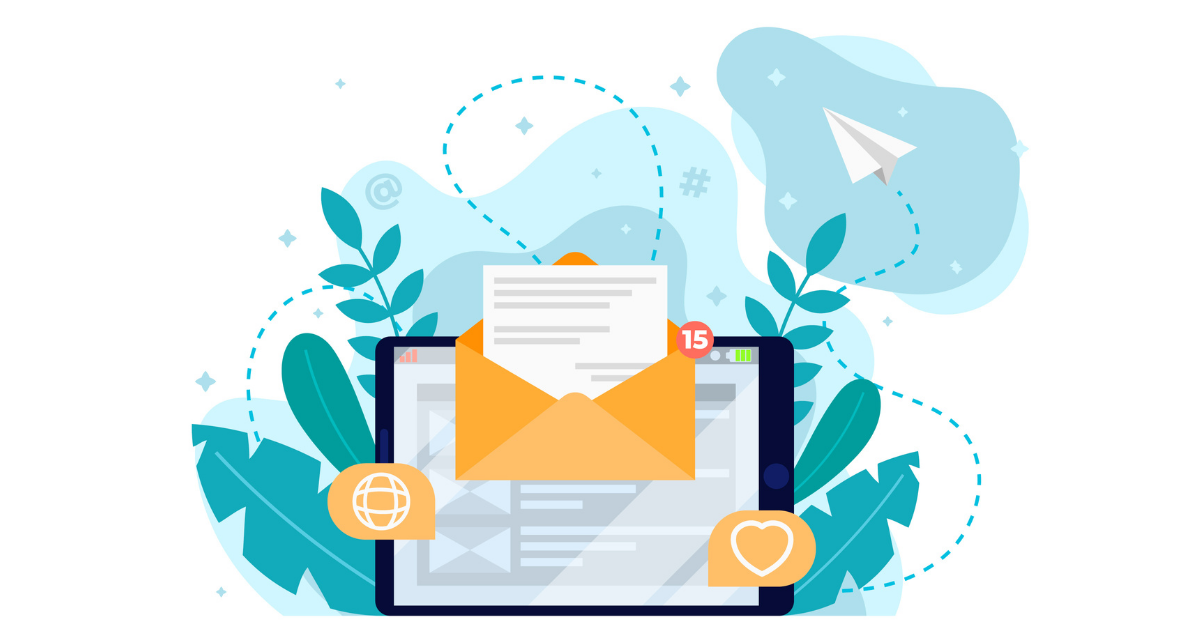
The content of the email can vary depending on your goal.
You can use email marketing throughout the entire customer lifecycle, aiming for different kinds of objectives for each stage. Here, we’ll focus on the types of emails you can send based on how you are sending them. Not the content of it.
Newsletters and marketing offers
Most marketers use email marketing to share offers and send regular business updates. They usually send these emails as one-off campaigns, either to the entire audience or to a specific customer segment.
In addition, marketers often send newsletters to build stronger relationships and enhance their reputation. A newsletter aims to deliver value while keeping the content engaging and enjoyable to read. Product promotion usually appears only as a small note at the end, but because newsletters are regular emails, they often generate lower engagement rates.
For example, on average, an email newsletter achieves an open rate of 22% and a click-through rate of 3.4%.
Event-Triggered emails
Event-triggered emails or automated emails see much higher engagement rates. Their average open rate is around 44% and their click-through rate is above 10%.
Why so much higher than newsletters?
An event-triggered email sequence is normally sent in response to your contact’s actions. They did something and triggered the sequence to be sent.
It could be a welcome email sequence sent after someone joins your mailing list. It might be an abandoned cart recovery email sent when someone leaves your website without completing an order. Or it could be an email triggered when someone rejects your offer or ignores your message.
An automated email is very powerful as it relates to what they see or do. And as a business owner, you don’t need to send it out manually. The entire workflow is created to work automatically. Most automated emails contain information that’s specifically intended for the recipient who has just performed some sort of action.
Automated emails
Automated email campaigns, often called autoresponder emails, function like triggered emails because they send automatically without manual effort. The difference is that time-based emails follow a set schedule, going out after a specific sequence or at a predetermined time.
For example, they might be used as reminder emails for upcoming webinars or events, as part of an onboarding sequence, or even as a multi-day email course. By setting them up this way, you not only keep your brand top of mind but also make your content easier for your audience to absorb.
This approach works well because email drip campaigns are simple to create and consistently deliver strong results. On average, they see open rates of nearly 30% and click-through rates close to 6%—well above typical email benchmarks.
Transactional emails
Transactional emails are automated messages sent to individual recipients, usually in response to a transaction or user activity. A transactional email includes order confirmation, shipping confirmation, password reset, and other types of automated emails.
Due to their nature, they’re very engaging and observe exceptionally high open and click-through rates.
The key difference between transactional and triggered emails is that transactional emails typically don’t include an unsubscribe link for recipients to opt out with.
Final Thoughts – How to Grow Your Email List Fast
An email list is one of the very important assets that you, as the business owner, and it is worth the effort to build and maintain one.
If you would like to start your email marketing journey, you can try this autoresponder called GetResponse.
Since email marketing is the core of GetResponse, it is packed with a lot of essential tools that you will need to create and send marketing emails. In addition, it does provide new features like landing page creation and website creation.
The email list growth and expansion part has been highly improved as well. You can now create your squeeze page and launch it on the same platform. No external third-party integration anymore.
In addition, it’ll also let you organise webinars to convert to bigger audiences easily.
Key features:
- A free plan for starting an email marketing
- Intuitive drag-and-drop email editor that comes with 100+ stunning prebuilt email marketing templates
- Email marketing and email automation to help you create and send emails
- Forms and popups, landing pages, websites, webinars, and funnels to help you build an online presence and grow your list
- Live chats, web push notifications, and SMS to help you reach your audience through other channels
- Transactional emails, if you’re an eCommerce business that wants everything under one roof
Pricing:
GetResponse offers a free plan that lets you store up to 500 contacts and gives you access to its essential email marketing features, along with the website builder, landing page creators, and signup forms.
The paid plans are based on the size of your email list and the features you want to use.
The Email Marketing and Marketing Automation plans serve people who want email marketing features, website-building tools, and audience growth. In contrast, the E-commerce Marketing and Max plans target those who need advanced tools like eCommerce product recommendations, web push notifications, transactional emails, or SMS.
In its free plan, GetResponse also gives you limited-time access to its premium features, so you can not only build your website, collect emails, and send newsletters but also try email automation, webinars, or live chat.

